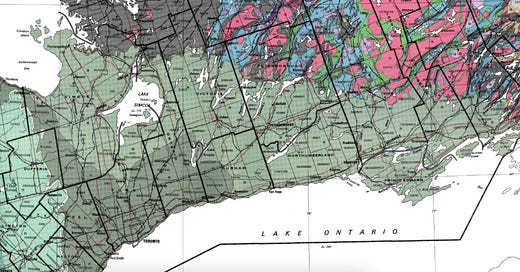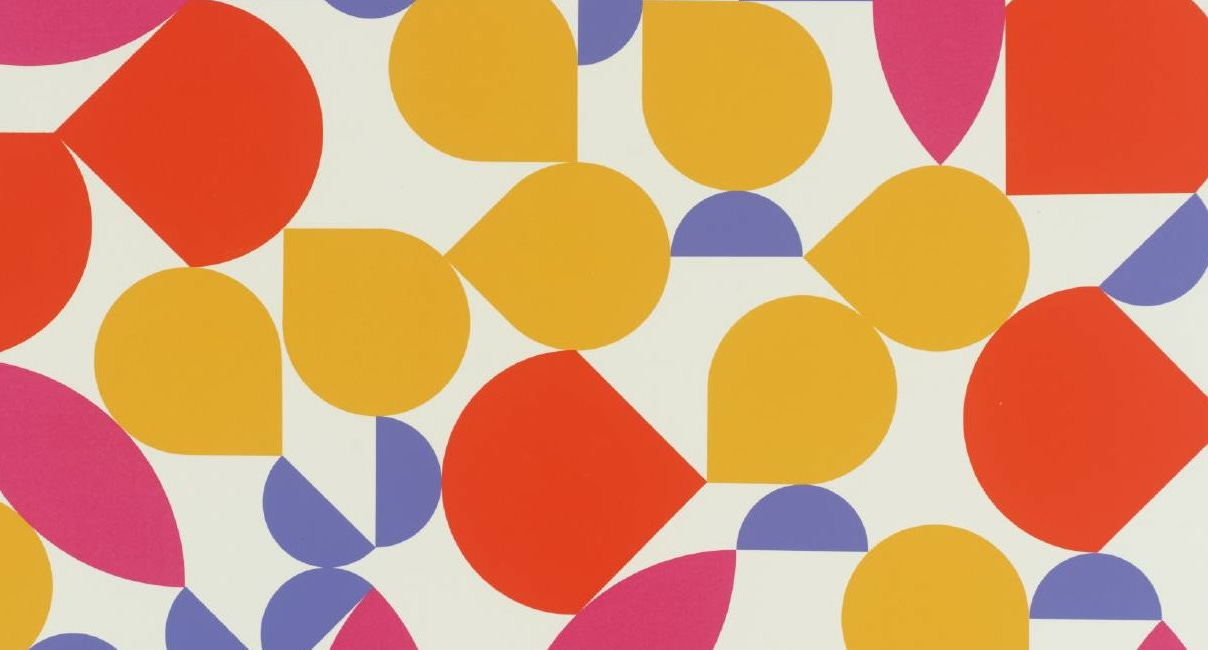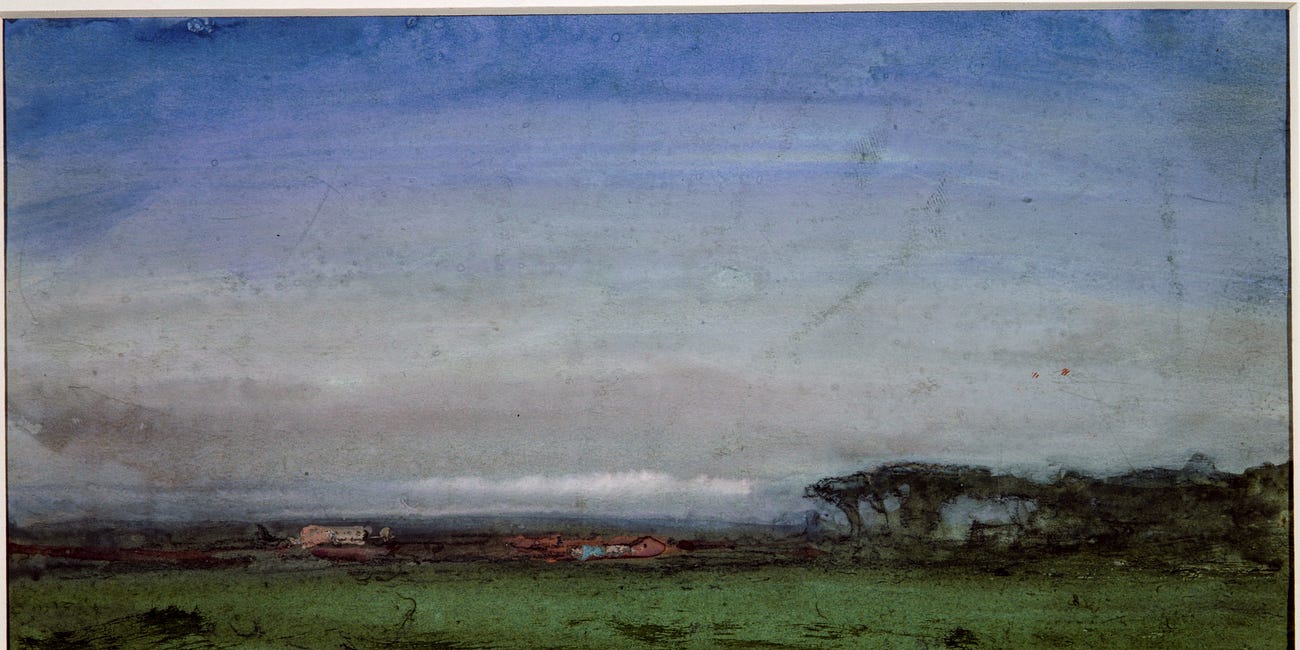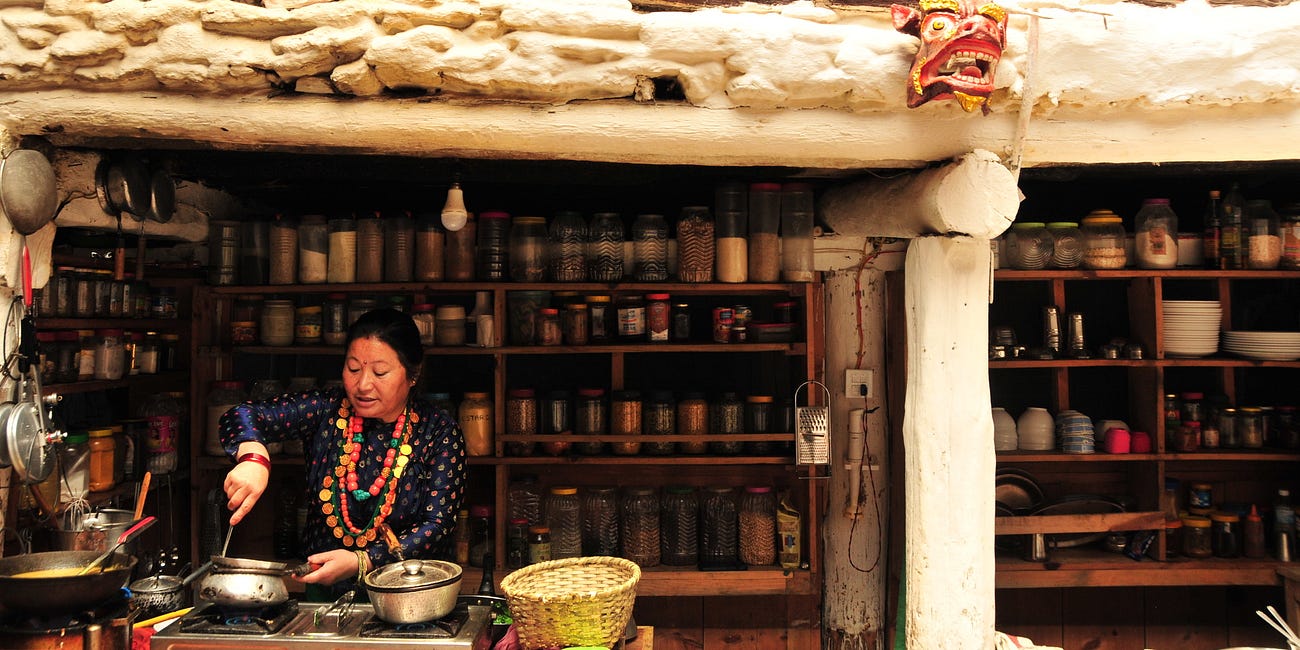Each year at the start of the summer season I bike 90 kilometers or so from my house in the city of Toronto to our family cottage on a northern lake in Ontario. The ride takes me from one watershed to another, up and over an ancient escarpment of limestone and shale. Last Friday was this years pilgrimage.
Travel implies some sort of distance, a journey, a trek, something far away and different. I find, sometimes, the most interesting travel is close up, in proximity, in the unknown places of my local lived map. It has little to do with distance and so much more to do with things that are internal. Psychogeographies. My yearly ride stirs in me something akin to the feel of walking in the Kingdom of Mustang along ancient trade routes to Tibet, or forging a river on the grassland steppes atop of a Mongolian horse; and in some ways I feel more exposed and at risk on the bike in my own geographical back yard, I feel more “out there.” I certainly see less tourists when biking from the urban enclave of the greater Toronto area, through the suburbs, and into the countryside.
Below are five links of previous Timbuktu posts from writers we adore that all talk to the inner landscapes of travel:
There is a word, saeculum, that describes the measure of a lifetime linked to an event in the lived history of a place. The word brings together human connection and experience and time. Coming into contact with someone who lived through an event is experiencing a certain form of saeculum. I first met Naomi Duguid in a market in Chiang Mai, and in the first 2 minutes of talking we had moved from religion to Himalayan weather patterns, to the specific racisms that can occur in the naming of things, particularly with kaffir lime. Her mind is alive and it is electric. Naomi changed the way cookbooks look and feel, and you might not know that but there is a whole genre of biographic-travel-non-fiction cookbooks that she has pioneered. Below is a story she wrote about meeting up, by chance, with a travel writer we both admired. We add it here with permission from the author, and it is a little slice of something that vibrates, a slice of saeculum.
I met a map-maker once, years ago, on the west coast of Ireland. He was not like other people I had met, he seemed like a monk to me, and it felt comfortable as I had just finished studying philosophy for a few years in University and monks, mapmakers, and philosophers can share a disposition. The map maker reminded me of so many people I had studied. We would sit and talk and drink tea in his office, a light infused room at the end of a pier in the village of Roundstone; and I knew it was special.
Tim was originally from Yorkshire, a mathematician, at first, then, a successful artist in a time when geometric figures were in trend (there are pieces of his at the Tate Modern – he went by the name Timothy Drever then, later returning to his full name, Timothy Drever Robinson). A mathematician’s mind creating beautiful scenes from fractal geometry. A life of seemingly large shifts but all on theme with mathematics, beauty, and chaos. Then, in another shift, he picked up and moved off the coast of Galway to the Aran islands. It was 1972. There he found the merging of his worlds on the shores of rock, swirling coastal lines constantly shifting with the waves and the tides. His mind wanted to know more about the landscape and he searched for maps. He found the most accurate maps made were Ordnance surveys that had been drawn by an institution not familiar with the way of Irish topography, and were last updated in the early 1900’s. The maps had anglicised versions of names which carried no weight of meaning to them, no context, white noise; zero of information-content. Robinson wrote “Irish place names dry out when anglicised, like twigs snapped off from the tree,” and he became interested in mapping the landscape with all the complexities of personal history of a community. This was no easy task as he was not from there, but ever committed, Tim started to walk, and talk, and mostly listen and then began marking notes on a page. It became a new art piece that was to last over 40 years. He produced hand drawn maps of the Aran Isles, the Burren, and Connemara; but single map sheets not being enough to tell the stories of the places, he also wrote page after page about the mapping and stories of the landscape, translating what he was hearing in the homes and pubs of the countryside. These writings became a series of books on the region; two books on the Aran Islands, and three on Connemara. Together with the physical maps he drew, one would have the topography as well as the context of communal history. Tim’s writing was an attempt to lock in the language of the place in the naming of things. Place names locals used were beginning to be lost, and in the names were the understanding of time and space of the landscape, was the landscape itself in the tempo and cadence of the words.
The below is a story I first heard from Tim and it stuck inside my head and sits there still. It is a story he dug up from an old book he found in a London Library, a pastime we shared, the browsing of bookstalls and jumble-sales. The book was The Saxon in Ireland by John Hervey Ashworth, published in 1851. This section of the book was titled The Echo Hunter. I put it here for a two reasons.
One: its beauty, the idea of shifting the definition of an echo to be personal and natural and secret.
Two: things like this, stories of place from some recessed time, are gold to me. I am setting off in March for a research trip in Ireland, and I fully intend to seek out the places discussed below, if only to feel the vibrations in hopes that there is a bit of magic still in the air.
Wade Davis sometimes tells a story of growing up at the edge of cultural zones in Pointe Claire near Montreal, where one side of the street was english speaking, and the other side french, and how living and learning to navigate between these two worlds and ways of being showed him how different a place can be just by a few shifts of the mind. How the same street could be solar systems apart from one side to the other. He is curious beyond bounds, and celebrates others who are curious. He is one of those people who understands that we are all the same matter, and answers emails or calls of the curious when it is obvious there are burning questions at the root. This is how I came into contact with Wade, I had burning questions and reached out and he was kind enough to answer and help. That was before the pandemic and we have kept in touch. He has also been kind enough to allow some of his writing to be shared here at The Timbuktu Review. The below is a slice from a collection of his called Beneath the Surface of Things, released by Greystone Books in Vancouver. Thank you Wade and the kind people at Greystone.
A bio: Wade is a writer, photographer, and filmmaker. He is a cultural anthropologist, an ethnobotanist, a plant explorer, a past Explorer-in-Residence at the National Geographic Society from 2000 to 2013, he is currently Professor of Anthropology and the BC Leadership Chair in Cultures and Ecosystems at Risk at the University of British Columbia.
I have a jar of very old yeast (mixed with flour and water) in my kitchen that was given to me by Manchán Magan during one of his wonderful solo touring shows Arán & Im. Manchán wove the Irish language, landscape, poetry, and prose through a couple of hours with ease, all whilst baking a few loaves of sourdough and getting the audience to churn butter. At the end you got to keep some of the sourdough starter to take home and continue. I have had mine for a few years now and my children nicknamed it Bubbles. Manchán’s writing and speech flows like a frothy churn, it bubbles and slowly connects distant parts together. He can bring to life etymology and linguistics. He is one of those special people out there, that when you spend some time with him, your head is spinning with infinities and magic. Below is a chapter from his new book he has kindly allowed us to put out there into the ether. It is on connections between Ireland and India. There are old forgotten histories that show up in the tide marks of language and mythos, Manchán has a way of finding them with ease like some sort of seer.
Reading John Moriarty is a type of dreaming; there is a flow and cadence and a voice that vibrates omnipresent as you move through it. He becomes present like a holy ghost. He is fully formed but you must come to him fluid, like approaching a wave to be surfed. You must be like water. I first heard about John while I was on the River Owenmore, in western Ireland, walking with a friend who knew him well. John had lived there, on the river, and he had left his mark with the people and the place. Below is a story selected from his book Turtle Was Gone A Long Time Vol.1 with permission to print here given from the kind publisher Antony Farrell and The Lilliput Press in Dublin. We get preachy, we know, but more people should know about both John Moriarty and The Lilliput Press so we are here to spread the good gospel.










